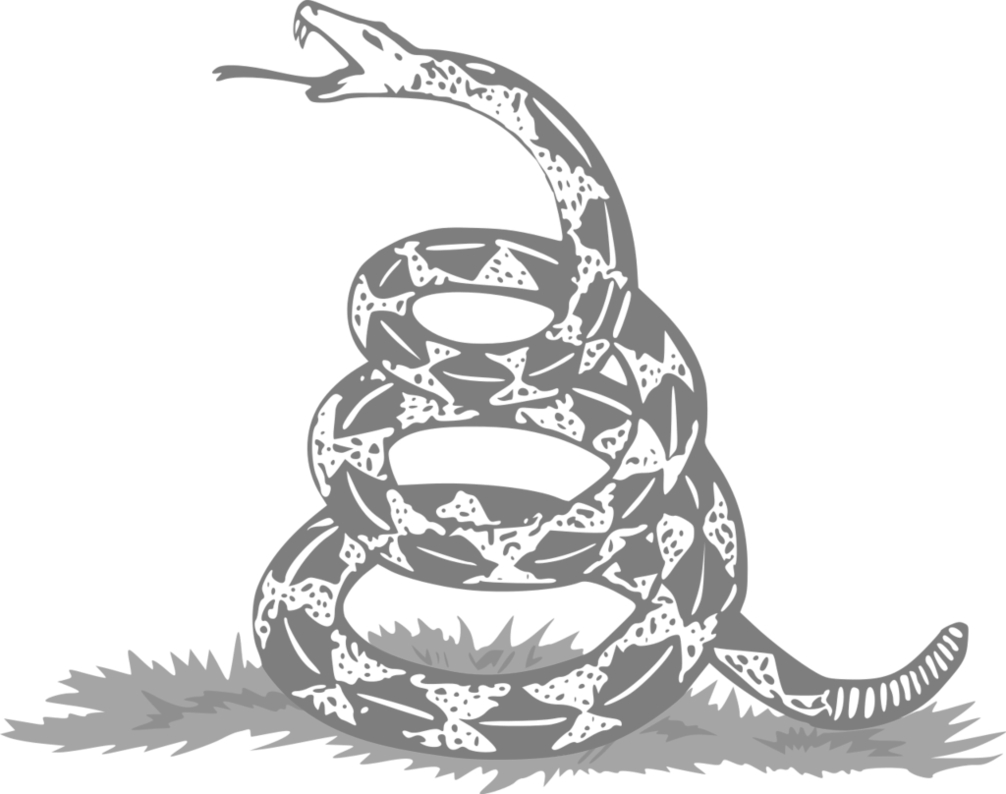« Juste milieu » : différence entre les versions
Turion (discussion | contribs) Aucun résumé des modifications |
Turion (discussion | contribs) Aucun résumé des modifications |
||
| Line 1: | Line 1: | ||
<blockquote | <blockquote>Un brigand voulait délester une voyageuse de | ||
son bien et la violer toute la journée. La voyageuse arguait que | son bien et la violer toute la journée. La voyageuse arguait que | ||
le brigand n'en avait aucun droit. Ils consultèrent un sage homme, | le brigand n'en avait aucun droit. Ils consultèrent un sage homme, | ||
| Line 9: | Line 9: | ||
prendra à la voyageuse la moitié de son bien et la moitié | prendra à la voyageuse la moitié de son bien et la moitié | ||
seulement, et il la violera pendant une demi-journée et une demi-journée | seulement, et il la violera pendant une demi-journée et une demi-journée | ||
seulement. Telle est la Voie du Juste Milieu." | seulement. Telle est la Voie du Juste Milieu." | ||
<br><div align=right>Faré</div></blockquote> | <br><div align=right>Faré</div></blockquote> | ||
<br><br> | |||
<blockquote | <blockquote>"There are two sides to every issue: one side is right | ||
and the other is wrong, but the middle is always evil. The man who is wrong | and the other is wrong, but the middle is always evil. The man who is wrong | ||
still retains some respect for truth, if, only, by accepting the responsibility | still retains some respect for truth, if, only, by accepting the responsibility | ||
| Line 24: | Line 24: | ||
between good and evil, it is only evil that can profit. In that transfusion | between good and evil, it is only evil that can profit. In that transfusion | ||
of blood which drains the good to feed the evil, the compromiser is the | of blood which drains the good to feed the evil, the compromiser is the | ||
transmitting rubber tube" | transmitting rubber tube" | ||
<br><div align=right>Ayn Rand, Atlas Shrugged, 965-966</div> | <br><div align=right>Ayn Rand, Atlas Shrugged, 965-966</div> | ||
Revision as of 18 December 2005 à 09:26
Un brigand voulait délester une voyageuse de
son bien et la violer toute la journée. La voyageuse arguait que le brigand n'en avait aucun droit. Ils consultèrent un sage homme, adepte de la Voie du Juste Milieu. Après avoir écouté l'un et l'autre, le sage homme énonça cette Juste sentence: "La justice est toujours dans le Juste Milieu. Bien loin qu'aucun de vous deux n'aie raison, vous ne détenez chacun qu'une part de la vérité, qui se situe entre vos deux positions extrêmes. Aussi, le brigand prendra à la voyageuse la moitié de son bien et la moitié seulement, et il la violera pendant une demi-journée et une demi-journée seulement. Telle est la Voie du Juste Milieu."
Faré
"There are two sides to every issue: one side is right
and the other is wrong, but the middle is always evil. The man who is wrong still retains some respect for truth, if, only, by accepting the responsibility of choice. But the man in the middle is the knave who blanks out the truth in order to pretend that no choice or values exist, who is willing to sit out the course of any battle, willing to cash in on the blood of the innocent or to crawl on his belly to the guilty, who dispenses justice by condemning both the robber and the robbed to jail, who solves conflicts by ordering the thinker and the fool to meet each other halfway. In any compromise between food and poison, it is only death that can win. In any compromise between good and evil, it is only evil that can profit. In that transfusion of blood which drains the good to feed the evil, the compromiser is the transmitting rubber tube"
Ayn Rand, Atlas Shrugged, 965-966
